That expensive smart TV in your living room is an investment that should serve you well for at least a decade. A handful of easy maintenance practices can mean the difference between shopping for a new TV in just a few years or kicking back with gorgeous picture quality for a solid ten years (or more!).
Clean It the Right Way (No, Not With a Window Cleaner)
Don’t grab whatever cleaning spray is handy and start scrubbing away at your TV screen like it’s a bathroom mirror. Samsung specifically warns against using “any type of window cleaner, soap, scouring powder, or any cleanser with solvents such as alcohol, benzene, ammonia, or paint thinner” because these harsh chemicals can strip away the anti-glare coating and leave permanent damage.
Instead, your TV screen needs the gentle touch of a soft, anti-static microfiber cloth—the same kind you’d use on an expensive camera lens or eyeglasses—wiped in a circular motion to avoid scratches that even paper towels can cause.
For stubborn smudges or fingerprints (thanks, kids), lightly dampen your microfiber cloth with distilled water and softly wipe the screen rather than spraying anything directly onto the TV. Popular microfiber cleaning products like the Screen Mom or AmazonBasics Microfiber Cleaning Cloths cleaning kits are specifically designed for delicate electronic screens and won’t break the bank.
Use a Surge Protector
Most TV manufacturers recommend using a surge protector to shield your TV from power surges and electrical fluctuations. A quality surge protector acts as a first line of defense, absorbing voltage spikes before they can reach your TV’s sensitive internal components.
You don’t want to cheap out here, so it’s worth investing in a reliable model. Look for one rated at 2,000 joules or higher with a low clamping voltage (ideally under 400V). Brands like Belkin, Anker, and Tripp Lite offer well-reviewed options that are capable of protecting large TVs and other connected devices. Many newer models also include extras like USB ports for charging and smart features to monitor power usage through an app.
It’s important to note that surge protectors don’t last forever. Plan to replace them every three to five years, or immediately after a major surge. It’s a small cost that could save you from replacing a high-end TV down the line. It’s a small price to pay compared to replacing an expensive smart TV.
Be Gentle When Unplugging the Cables
I bet you’ve once (or one time too many) tried to fish behind the TV stand to unplug an HDMI cable, yanking it out at an awkward angle because you can’t quite reach it. This seemingly innocent action can cause serious damage to both your cables and the ports on your TV over time.
HDMI ports, USB connections, and other inputs on modern TVs are surprisingly delicate. When you pull cables at angles or use excessive force, you can bend the internal connectors, create loose connections that cause signal dropouts, or even crack the circuit board connections. This is especially true for thinner TVs where there’s less structural support around the ports.
The solution is simple: always grip the connector itself, not the cable, and pull straight out. For hard-to-reach connections, consider using a flashlight or your phone’s flashlight to see what you’re doing. Better yet, either unmount the TV or ask someone to help hold it steady while you properly disconnect the cables.
If you frequently swap devices (like moving a gaming console between rooms), it might be best to invest in an HDMI Switcher that stays connected to your TV. This way, you’re only unplugging one device at a time from the switcher, which is usually more accessible than the TV’s rear panel.
Keep Objects Away From the Screen
TV screens are fragile. Even a light tap from a toy, book, or cleaning object accidentally knocked off a shelf can create dead pixels, cracks, or internal damage that’s impossible to repair economically.
This is particularly important in homes with children or pets. That innocuous-looking Nerf dart might seem harmless, but it can cause permanent damage to an OLED or LCD panel. Similarly, placing objects on platforms above your TV (like decorative items, gaming controllers, or glassware) risks hitting the screen if they slide off.
Create a “no-fly zone” around your TV. If you have really young and hyperactive children, consider a TV Screen Protector, which can absorb impact and prevent scratches. For wall-mounted TVs, ensure the mount is rated for well above your TV’s weight and check the mounting screws periodically, as they can loosen over time.
Accidental screen damage is one of the sure ways to void your smart TV warranty.
Mind the Temperature and Humidity
Your smart TV has an ideal comfort zone, just like you do. It’s generally recommended to keep TVs within a typical indoor temperature range of 41°F and 104°F (5°C to 40°C) and away from areas where moisture can build up, such as damp basements or poorly ventilated rooms. Excess humidity can lead to internal condensation, which increases the risk of short circuits..
Heat is particularly problematic because it forces your TV’s internal cooling systems to work harder, shortening component lifespan. Don’t mount your TV above a fireplace (despite what home design shows suggest), place it in direct sunlight, or in other places that pose danger to your TV.
If you’re moving your TV from a cold garage to a warm room, let it acclimate for several hours before turning it on. The temperature differential can cause condensation to form inside the panel, and powering up too quickly can cause permanent damage.
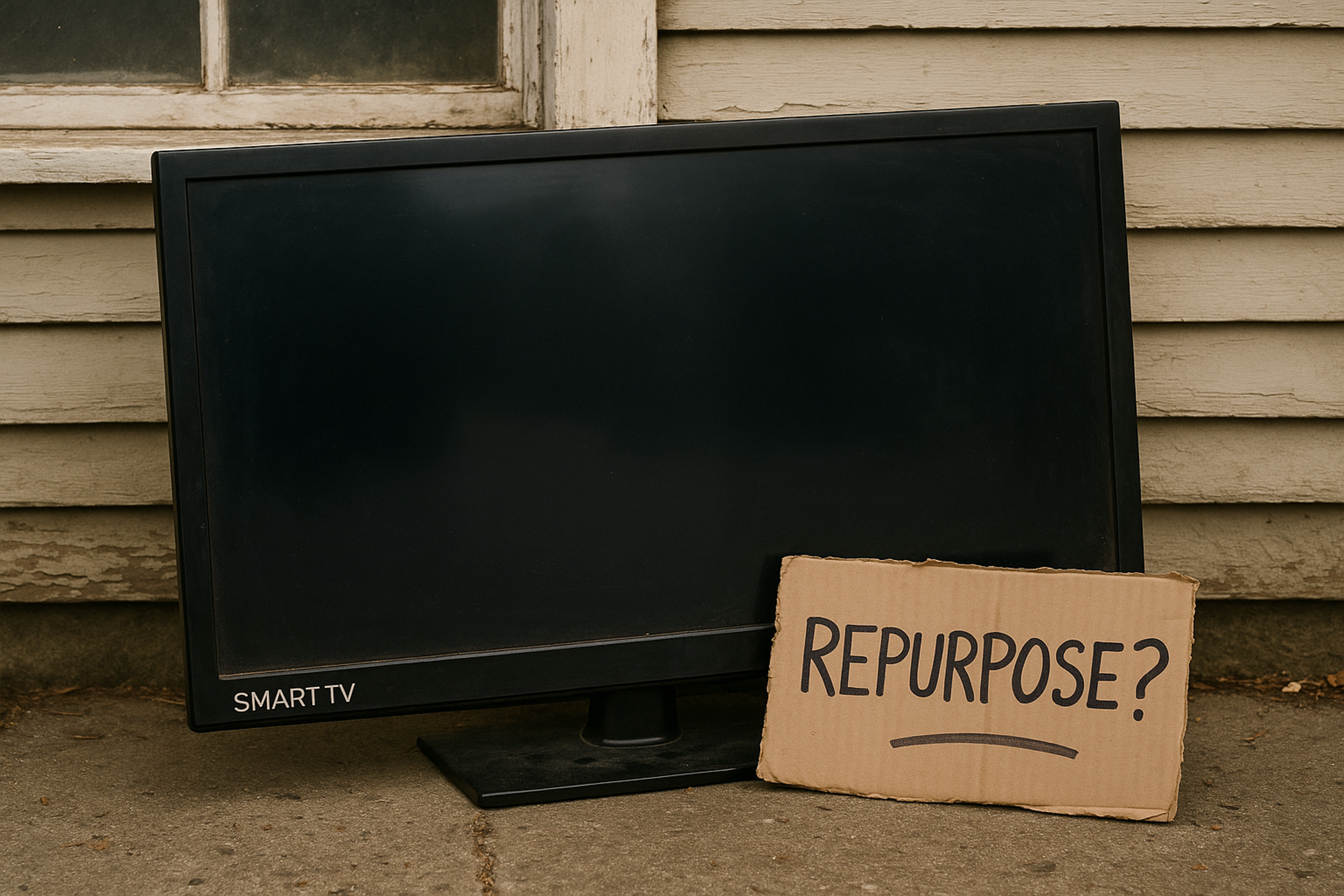
Related
Don’t Throw Away Your Old Smart TV: 8 Ways You Can Reuse It
Your smart TV may be old, but it still has plenty of life left in it.
Give Your TV Some Downtime
Your TV needs to rest. While modern smart TVs are designed to withstand extended periods of use, running them around the clock puts unnecessary stress on components like the backlight, processors, and cooling fans.
This is especially important if you use your TV for digital signage, security monitoring, or as a computer monitor for work. Consider setting up automatic power schedules through your TV’s settings or using a smart plug to ensure it gets regular breaks.
Power cycling (completely turning off and unplugging for at least 30 seconds) once a week can also help clear temporary files, reset minor software glitches, and give the internal components a chance to cool down completely.
Update the Software
Your smart TV is essentially a computer with a screen, and like any computer, it needs regular software updates to stay secure and perform optimally. These updates “often include performance enhancements, bug fixes, and new features that contribute to a better viewing experience”, yet many people ignore them or don’t even know they exist.
Most modern TVs from brands like Samsung, LG, Sony, and TCL can check for updates automatically, but you should verify that this setting is enabled. Navigate to your TV’s settings menu (usually under System, Support, or About) and look for software update options. Enable automatic updates if available, or set a monthly reminder to check manually.
Some updates might seem to slow down older TVs temporarily, but this is usually because they’re optimizing for new features or fixing underlying performance issues. If your TV becomes noticeably slower after an update, try the power cycling trick I mentioned earlier.
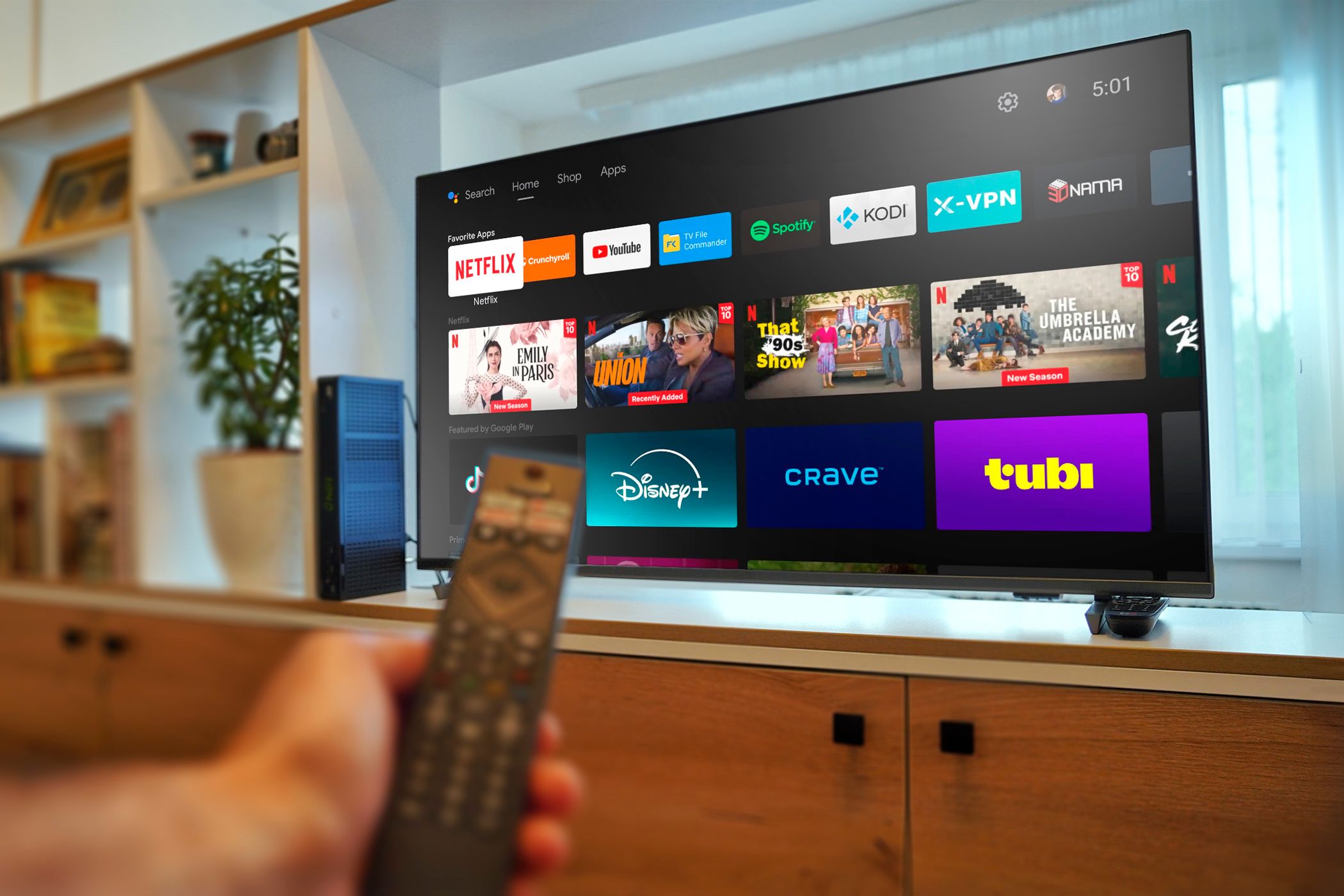
Related
How to Clear Your Smart TV Cache (and Why It’s Worth Doing)
Give your smart TV a deserved refresh.
If you follow these tips, you can potentially double or even triple your smart TV’s useful lifespan while maintaining peak performance throughout. The best part is that none of these practices require special tools, technical expertise, or significant time investment—just a little attention and care for what you use almost every single day.


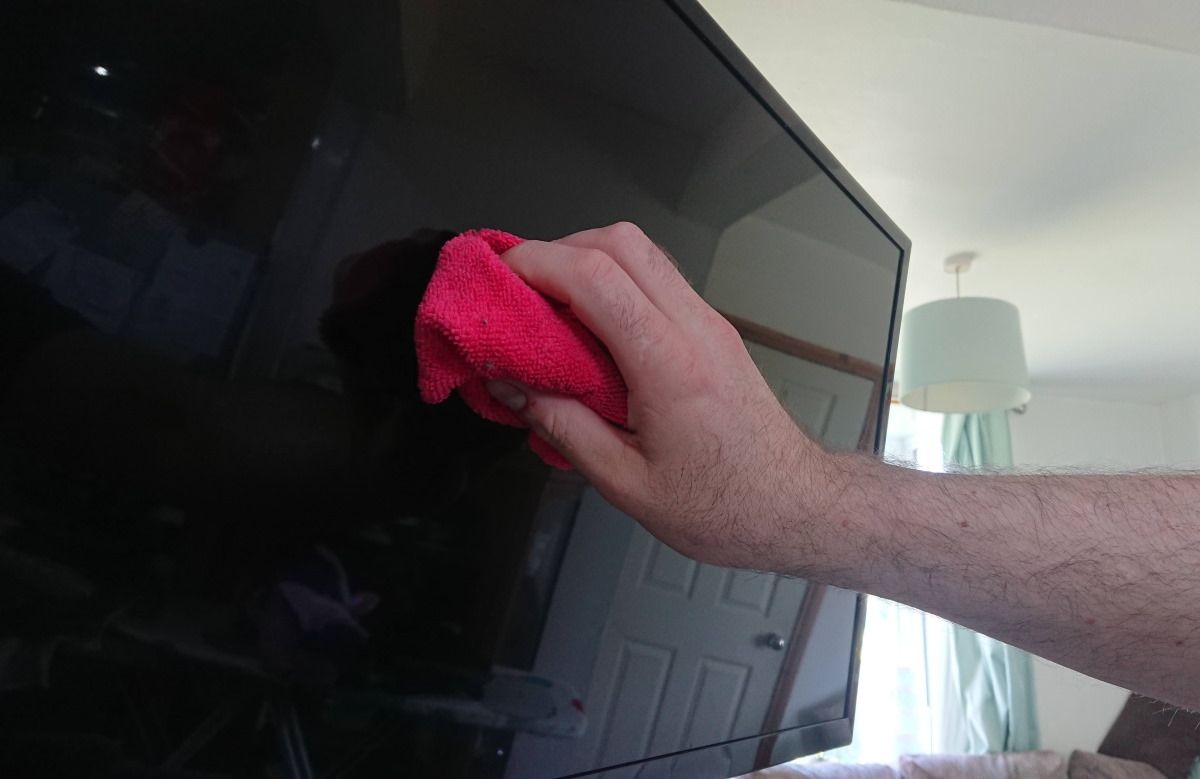
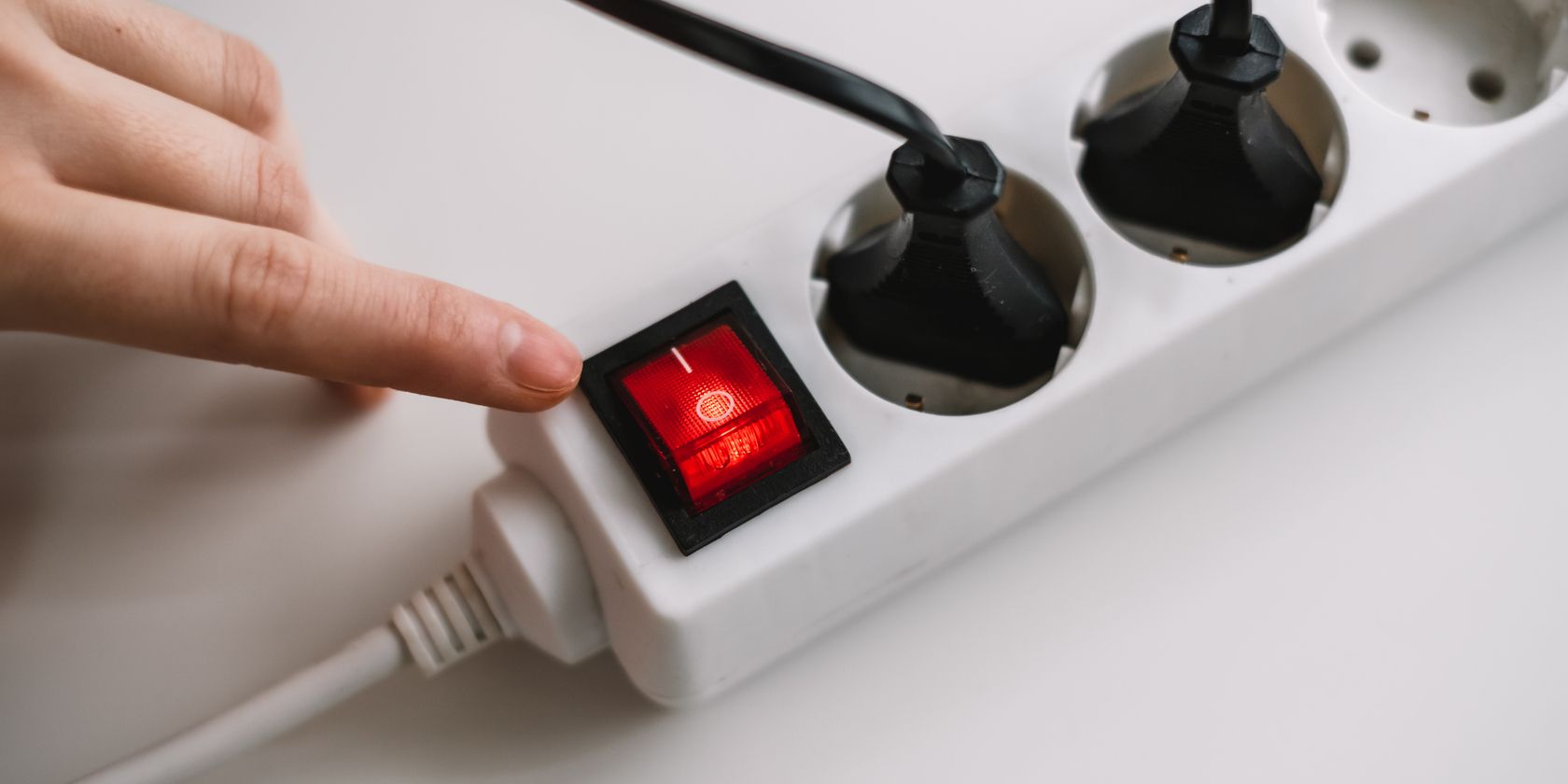
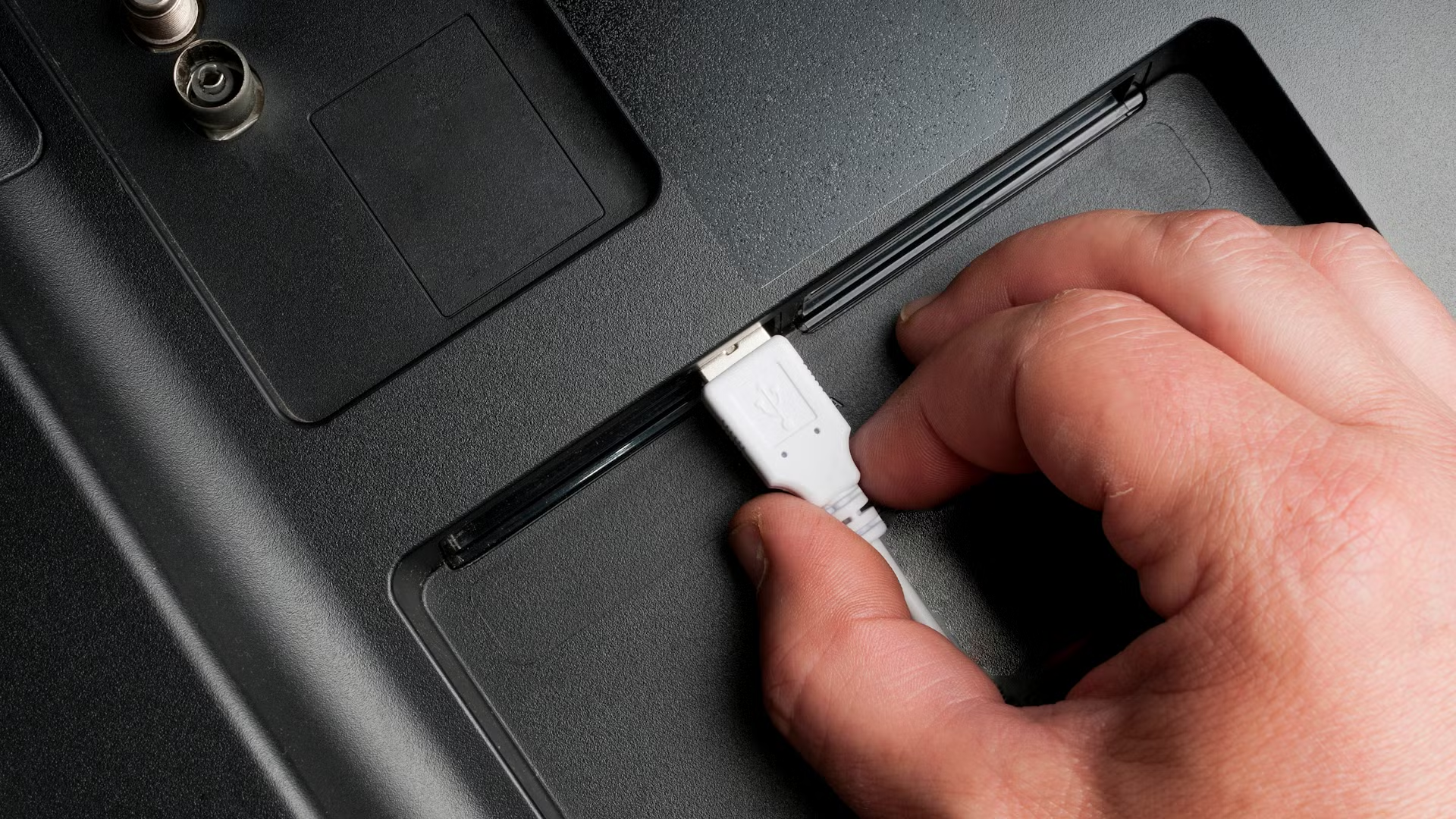
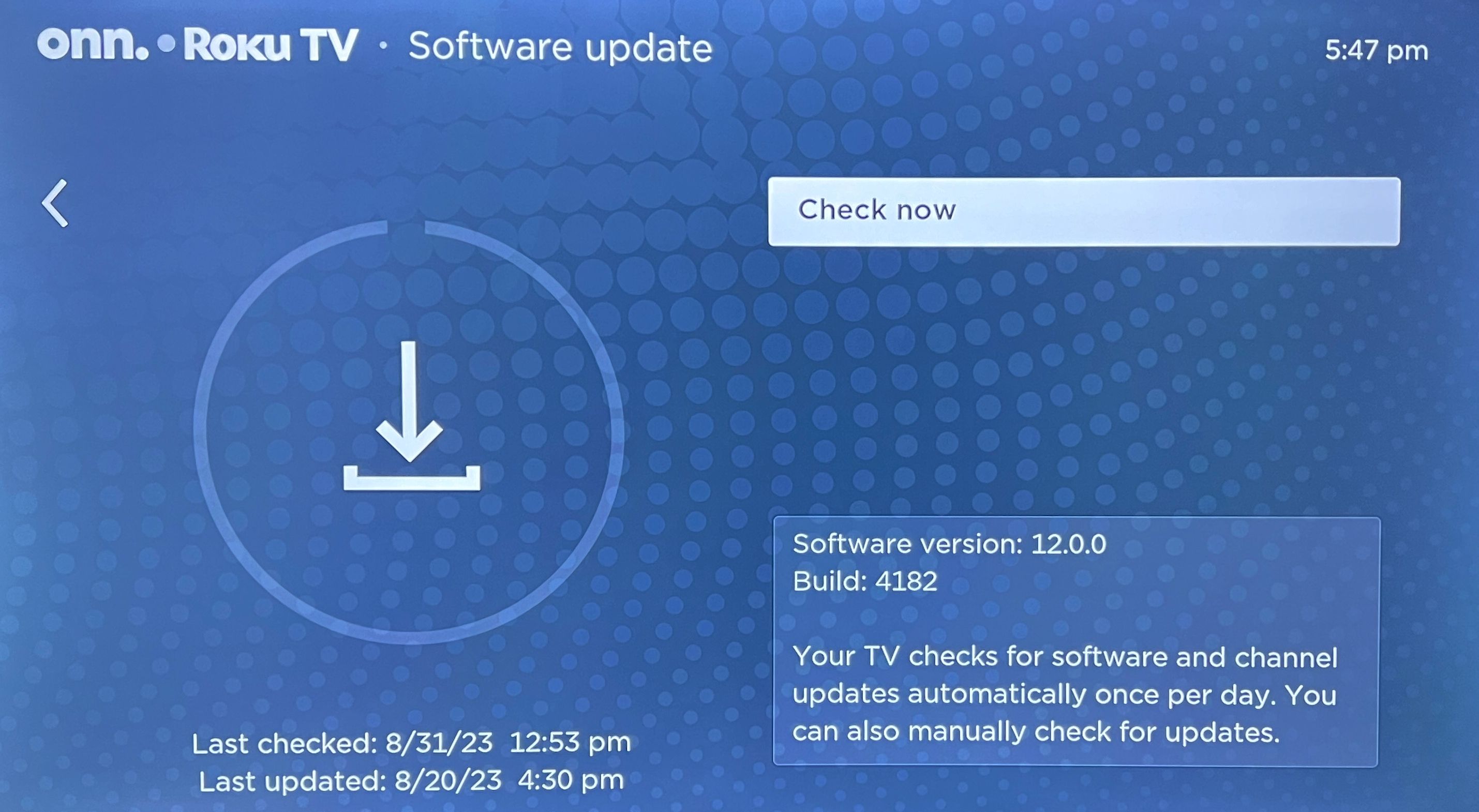





Leave a Comment
Your email address will not be published. Required fields are marked *